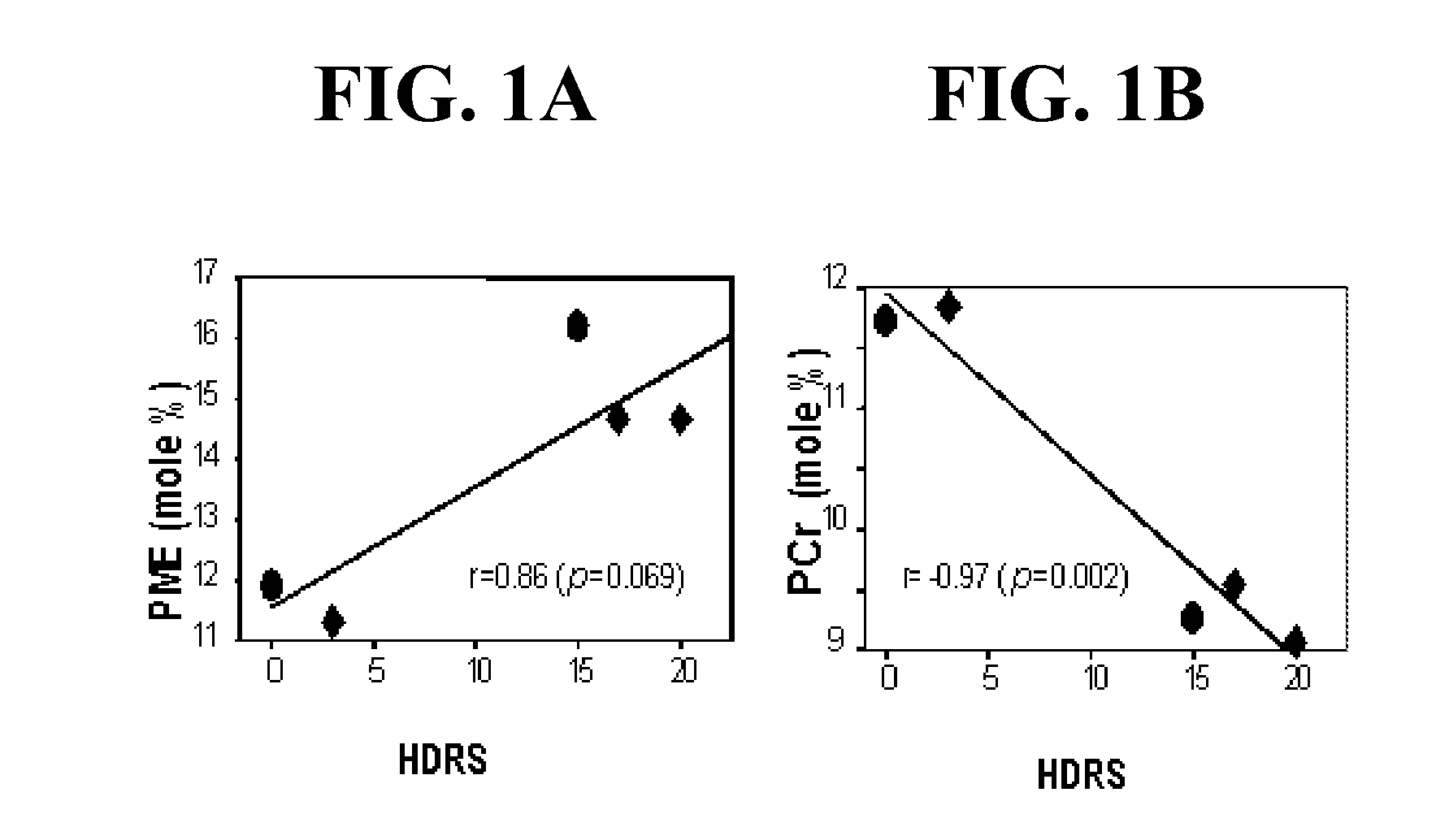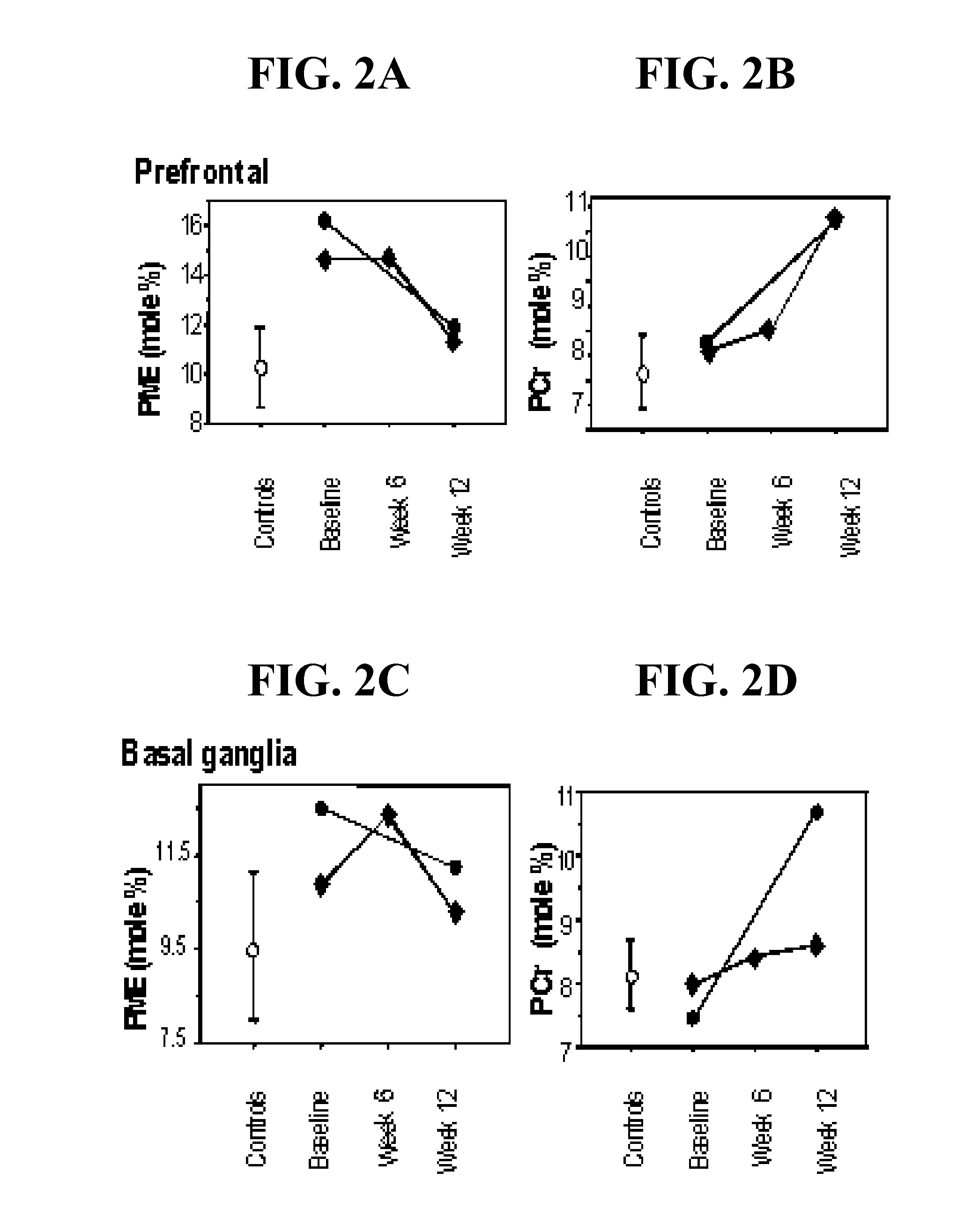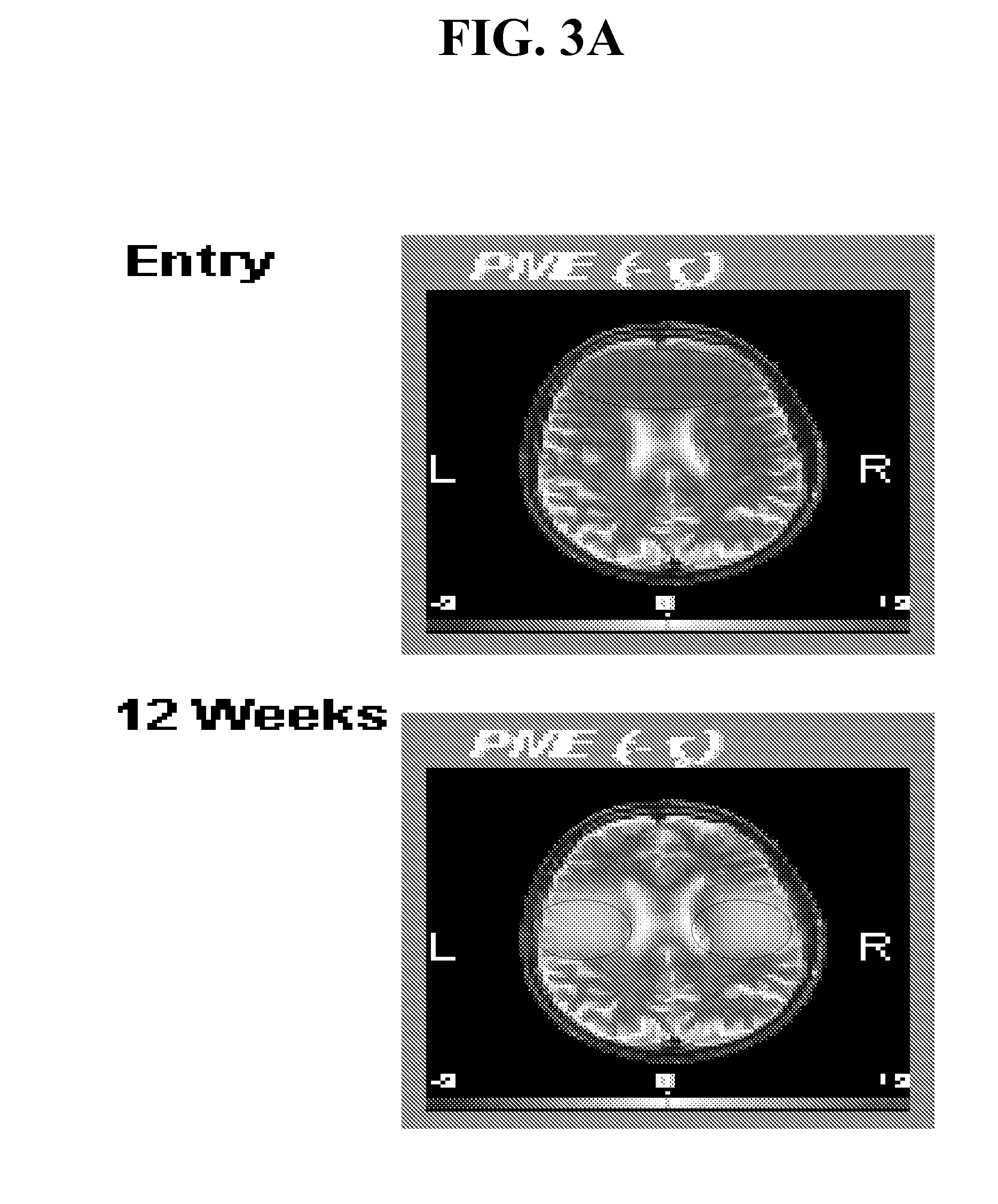Compounds, compositions and methods for producing antioxidants from carnitine
a technology of carnitine and antioxidants, applied in the field of compound compositions and methods for producing antioxidants from carnitine, can solve the problems of affecting the survival of patients with fragile brains, and displaying disturbing side effects in fragile patients, so as to improve the survival rate of patients, improve the effect of brain metabolism, and reduce the risk of psychotic features
- Summary
- Abstract
- Description
- Claims
- Application Information
AI Technical Summary
Benefits of technology
Problems solved by technology
Method used
Image
Examples
Embodiment Construction
[0344]Carnitines in general are compounds of including the chemical formula (I):
[0345]
where R is hydrogen or an alkanoyl group with 2 to 8 carbon atoms, and X− represents the anion of a pharmaceutically acceptable salt.
[0346]The invention described herein includes both the administration of L-carnitine or an alkanoyl L-carnitine or one of its pharmacologically acceptable salts of formula (1) in the treatment of depression, and pharmaceutical compositions, which can be administered orally, parenterally or nasally, including controlled-release forms. Preferably, the alkanoyl L-carnitine is selected from the group consisting of acetyl-L-carnitine (hereinafter abbreviated to ALC or ALCAR), propionyl L-carnitine (hereinafter abbreviated to PLC), butyryl L-carnitine, valeryl L-carnitine and isovaleryl L-carnitine, or one of their pharmacologically acceptable salts. The ones preferred are acetyl L-carnitine, propionyl L-carnitine and butyryl L-carnitine. The most preferred is acetyl L-carn...
PUM
| Property | Measurement | Unit |
|---|---|---|
| median time | aaaaa | aaaaa |
| thick | aaaaa | aaaaa |
| thickness | aaaaa | aaaaa |
Abstract
Description
Claims
Application Information
 Login to View More
Login to View More - R&D
- Intellectual Property
- Life Sciences
- Materials
- Tech Scout
- Unparalleled Data Quality
- Higher Quality Content
- 60% Fewer Hallucinations
Browse by: Latest US Patents, China's latest patents, Technical Efficacy Thesaurus, Application Domain, Technology Topic, Popular Technical Reports.
© 2025 PatSnap. All rights reserved.Legal|Privacy policy|Modern Slavery Act Transparency Statement|Sitemap|About US| Contact US: help@patsnap.com



